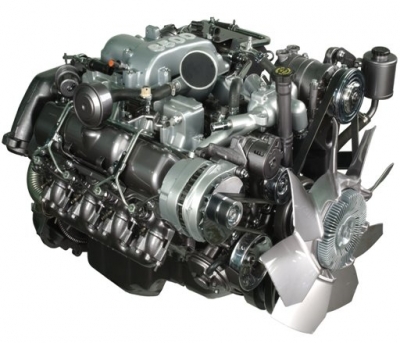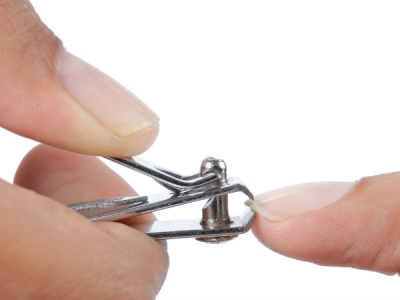 Food poisoning is caused either by ingestion of food contaminated with chemical or metallic poisons, bacteria or bacterial toxins or by eating poisonous foods such as certain species of mushrooms.
Food poisoning is caused either by ingestion of food contaminated with chemical or metallic poisons, bacteria or bacterial toxins or by eating poisonous foods such as certain species of mushrooms.
Molds and bacteria are responsible for microbial food poisoning. Molds grow on food (especially if they are moist). During their growing period they produce toxic substances called mycotoxins whose effect on man and animals cause mycotoxicosis. Mycotoxins remain the food long after the mold producing them has died and can therefore be present in foods that are not visibly moldy. Some mycotoxins are stable and survive the usual conditions of cooking and processing.
Food grains, especially bajra, rye and jowar get infected with a parasitic ergot fungus Claviceps purpurea. Ergotism, a toxicosis results from eating grains contaminated with this fungus. Alimentary toxic aleukia (ATA) is another mycotoxicosis caused due to eating moldy grains.
Asperigillus flavis and A. parasiticus growth in food results in the production of aflatoxins. This mycotoxin has been much studied. There are 14 chemically related toxins and one of them aflatoxin-B is most frequently found in food and is the most potent carcinogen known. Liver cancer due to aflatoxin ranks high in India.
Over 50 genera of bacteria have been associated with food poisoning. Bacteria cause food poisoning in two ways; due to food infection or intoxication. The former is on account of the organism present in the food during consumption. Salmonella species, vibro, parahaemolyticus, Escherichia coli, yersinia enterocolitiea, clostridium perfringens and Campylobacter jejuni, belong to this category. The bacteria then grow in the host and cause a disease. For example, Salmonella in food causes an illness called Salmonellosis. Diarrohea, abdominal pain, vomiting and fever are caused by this type of poisoning.
The second type of poisoning is due to the toxins produced by bacteria in the food prior to consumption. Examples of this type are Clostridium botulinum, Staphylococcus aureus and Bacillus cereus. These produce toxins in the food which cause illness in susceptible hosts. For example the disease caused by the toxins of Clostridium botulinum is known as botulism. The toxicity will last for 6-8 months and disturb vision, speech and swallowing. Progressive weakness and respiratory failure set in.
Poisoning of food due to contaminants arising from food processing is also common. For example when fumigant like ethylene oxide is used to sterilize food under conditions in which steam heat is impartial, it reacts with inorganic chlorides in food to form toxic compounds.
Food poisoning or intoxication usually refers to gastrointestinal diseases caused by the ingestion of food contaminated by pathogens and their toxins. The toxins are called enterotoxins because they disrupt the functioning of the internal mucosa, causing symptoms such as nausea, vomiting and diarrhoea. Mostly food poisoning is caused by bacteria and viruses.
Cholera, an epidemic in various parts of the world is caused by Vibrio Cholerae, mainly through water and food contaminated by fecal material. Botulism is a form poisoning caused by Clostridium botulism. This common source of infection is canned food that has not been heated sufficiently to kill the contaminating C. botulinum spores.
Staphylococcal food poisoning is a major type of food intoxication caused by ingestion of improperly stored or cooked food (particularly processed meat, chicken salad, pastries, ice cream) in which Staphylococcus aureus grow.
Salmonellosis or salmonella food poisoning is caused by over 2,000 Salmonella serovars. The most frequent one in humans is S. Serovar typphimurium. Human acquire the bacteria from contaminated foods such as bee products, poultry, eggs and egg products.
Shigellosis or bacterial dysentery is caused by several species of Shigella. Normally it is transmitted by direct fecal-oral route although water and food are involved in some of bacterial dysentery.













 about 5 cm in a year.
about 5 cm in a year.

